How these pretty perennials could be the ultimate garden hack
It’s edible, makes a lovely garnish for savoury dishes and salads, is tough, waterwise and grows in full sun, as well as part shade. Meet the must-have addition to any Aussie garden.
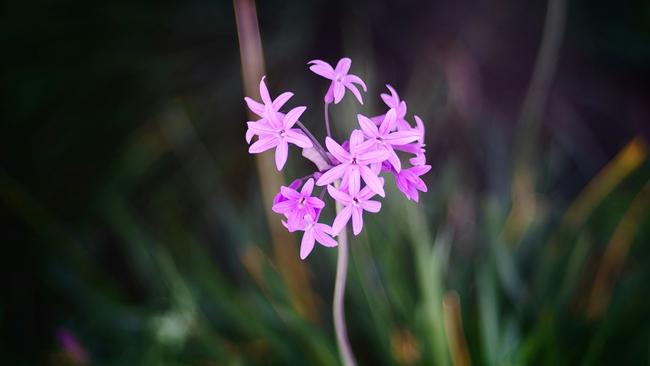
Society garlic (Tulbaghia) looks a bit like chives (both are related to onions and garlic) and its common name comes from its gentler flavour compared to true garlic. It’s a pretty perennial that forms dense clumps of fine, narrow leaves that have a distinct garlic aroma, especially in hot weather. The clustered flower heads on tall stems are similar to chives, and are borne continuously from late spring to autumn. Both the leaves and flowers are edible, the latter making a lovely garnish for savoury dishes or salads. These are tough, waterwise plants that grow in full sun to part shade across most of Australia, staying evergreen in all but frosty areas, and rarely troubled by pests. They’re ideal for use as an evergreen border along garden edges or paths, as a beneficial companion plant for the vegetable patch or to add colour and texture to flower beds. Most have grey-green foliage but the variegated form appears silvery, making a wonderful accent plant or a contrast planting against dark green foliage plants. To keep plants looking at their best, remove spent flower stalks at the base.
Society garlic - Eat these!
Various species of Tulbaghia are native to southern Africa, with flower colours ranging from white to purple.
Tulbaghia ‘Dark Star’
Tulbaghia ‘Milky Way’
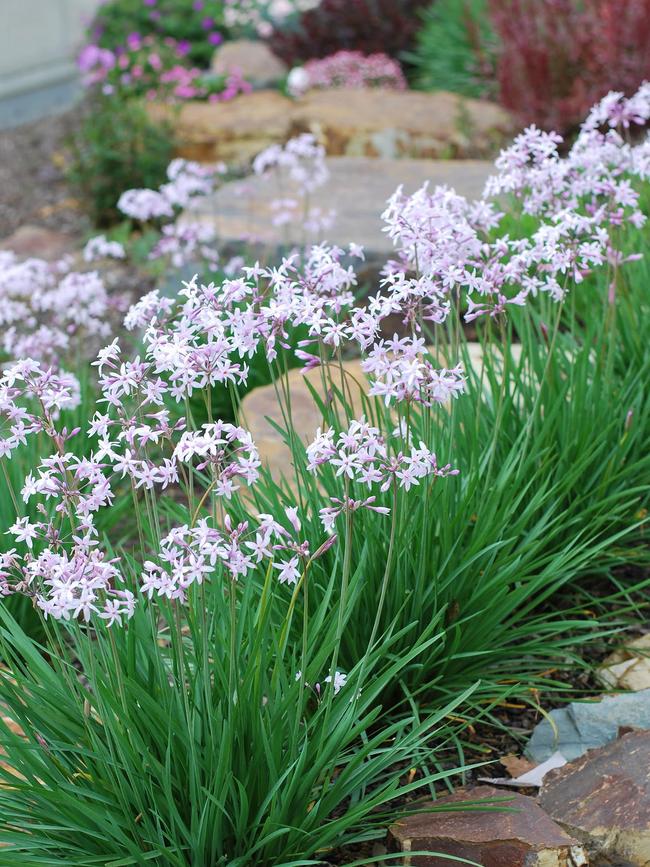
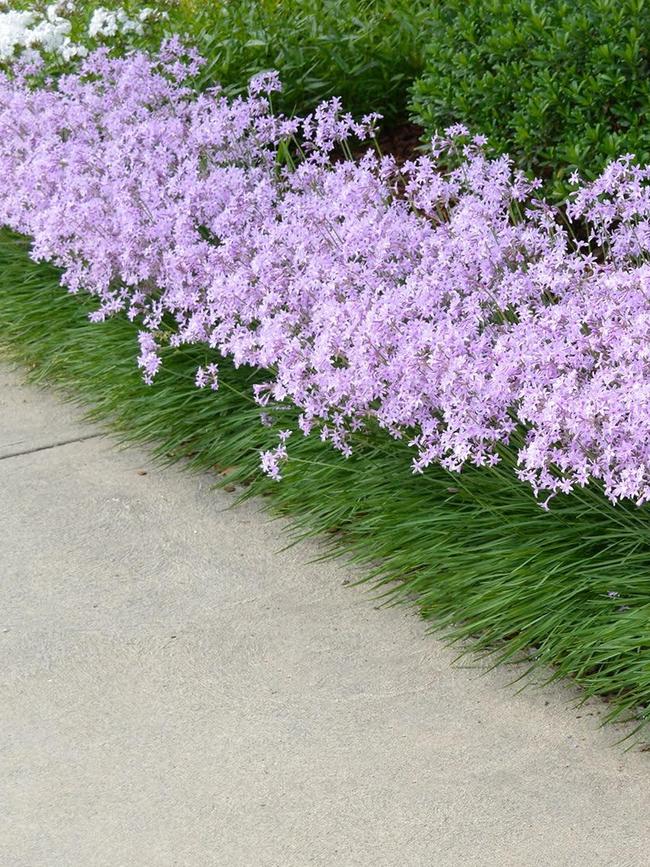
These four varieties are recommended:
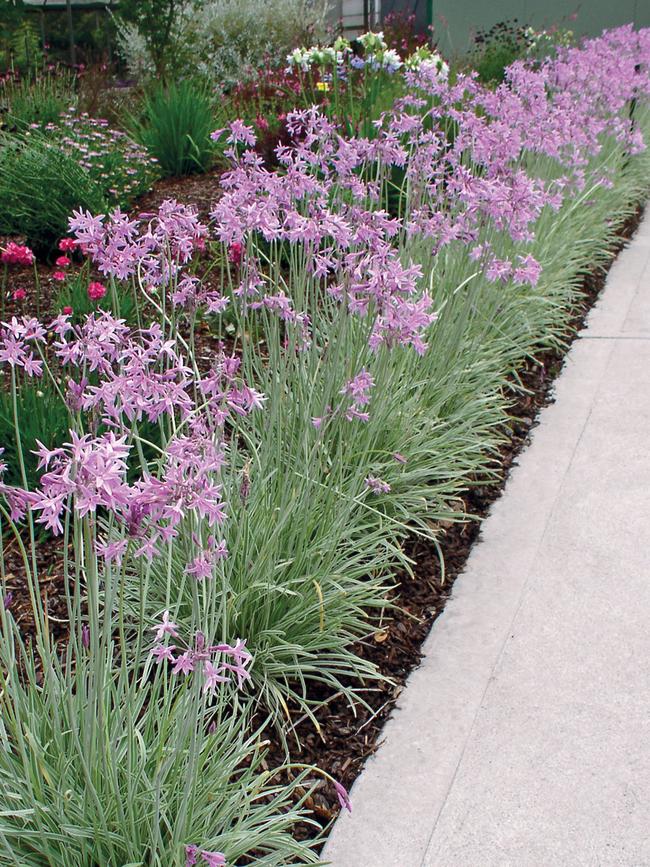
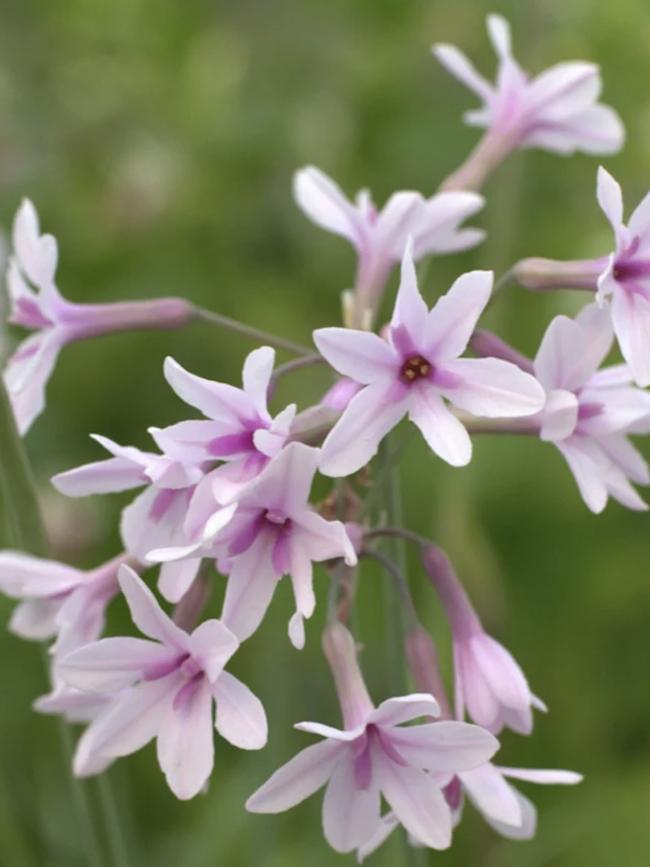
Q&A
We installed a galah box on a fiddlewood tree (5m high, north-east orientation) in our garden opposite a wetland, but bees have moved into it. If I relocate the bees, are galahs likely to use the box on a non-native tree? How might we prevent bees from returning?
Sarah, Booragoon, WA
Feral honeybees often invade nest boxes, competing with native wildlife. Good airflow makes a box less attractive to bees; cut slots under the lid that extend down the length of each side. Reportedly, attaching carpet (unlooped pile) to the inside of the nest lid prevents bees attaching their wax. Galahs usually seek eucalypt trees for nesting but sometimes resort to artificial nest boxes if no natural tree cavities exist. You could join the Facebook page of NestBoxTales where stories and information are shared.
I grew rosellas successfully in the Northern Territory from wild harvested seed. Now in Queensland, my plants are 1.5m tall and thriving but there are no flowers. What’s wrong?
John Earthrowl, Ormiston, Queensland
Native rosella (Hibiscus heterophyllus), a rounded shrub 3m-5m tall, grows well around Brisbane. It usually flowers from late spring through to autumn. It’s possible your plants are not old enough yet (depending on when the seeds were planted), or they’re in too much shade, or possibly getting too much nitrogen. You can try applying a flower-boosting fertiliser that has higher levels of potassium and phosphorus.
I kept seeds from last year’s ‘Blue Lake’ beans. I have lots of blossoms but only few small beans. Is there a genetic explanation?
Joseph Kipper, Albury, NSW
‘Blue Lake’ is not a hybrid and its seeds should be true to type. Beans don’t like extreme temperatures – above 30C the flowers drop and don’t set pods. Beans are self-pollinating but strong winds and wet weather can interrupt pollination. Very wet or dry soil can also affect pod production.
Send your questions to: helenyoungtwig@gmail.com. The writer of the best question in February will win two copies of takanya/Tarkine: One of the Last Wild Places on Earth ($75 each) from Australian Geographic, which showcases the stunning landscapes of the Tarkine wilderness.
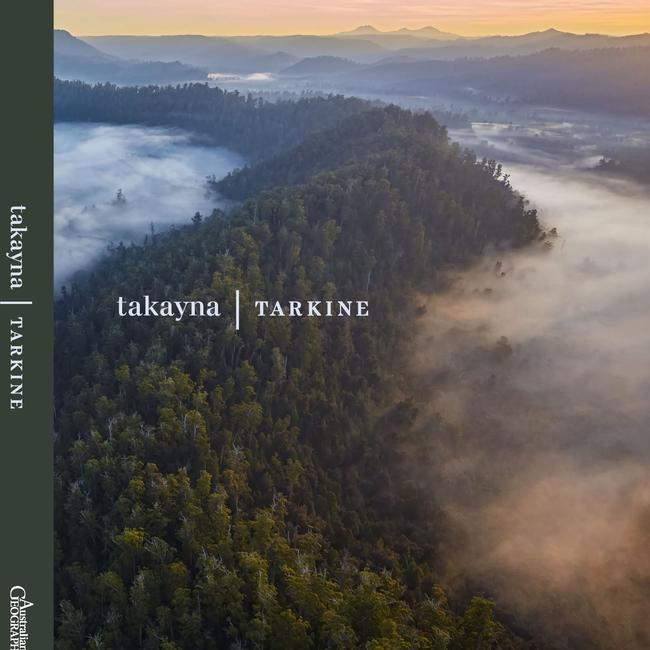





To join the conversation, please log in. Don't have an account? Register
Join the conversation, you are commenting as Logout